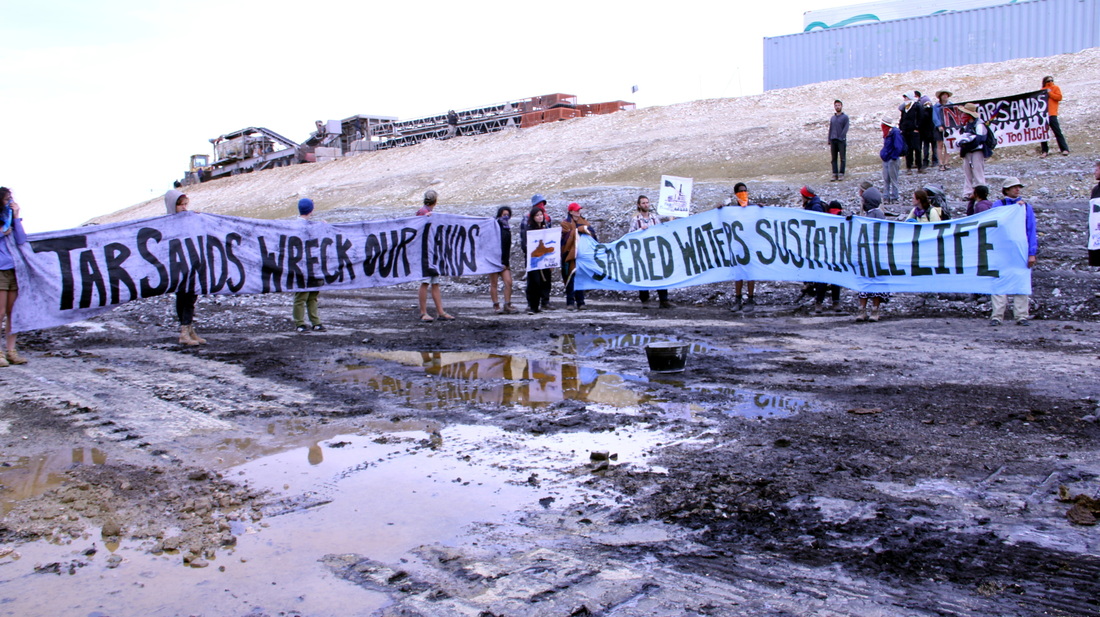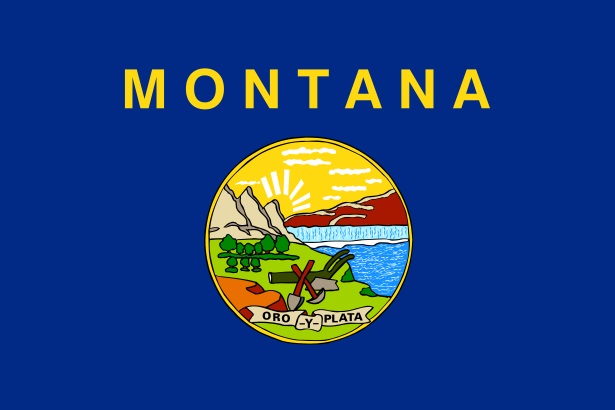
In 2011 Montana had a total workforce of 476,195 people spread across a wide range of industries. There’s this myth in the state that many of the industries that are in the news the most actually employ the most people. Nothing could be further from the truth.
- The Montana coal industry employed 1,233 workers in 2012. The oil and gas industry in Montana employed 6,000 workers in 2006 and the timber industry employs 7,500 in Montana.
- In contrast, 59,000 people worked in healthcare in 2011. The tourism industry employed 81,000 people in 2011. There are well over 100,000 jobs in agriculture.
And yet all you ever hear about are the industries that hurt us, and which comparitavely at least, employ so few. Why is that? Why are jobs that hurt our environment long-term put above those that don’t? And why on earth are industries that employ so few in the state deemed more important than those that employ many?
That’s not a Montana value, and I have a feeling we’re getting out-of-staters pulling our strings once again.
Another state that’s having issues with that right now is Utah, and I think Montana might be able to learn a bit from them. So let's look at Utah.
Boom and Bust in Utah
There were a total of 80 protesters of the Utah Tar Sands Resistance that were blocking the efforts of Calgary-based company U.S. Oil Sands from coming in by locking themselves to the equipment. As a result they were arrested.
Haven’t those Indians suffered enough? How many times do we have to take their damn land? I know whites wouldn’t put up with that shit for one second. In this case, however, there’s a 213-acre site and U.S. Oil Sands already has the necessary permits to get going.
It sure sounds like one helluva nightmare, and a boatload of headaches for anyone in business. I’d much rather work at Customer Contact Channels.
Yep, anytime you’ve got a problem with healthcare there’s a good chance you’re talking to one of C3’s customer service representatives. From their Florida headquarters they outsource support services to corporate clients in the health, finance, energy, media, travel, hospitality, and telecommunications industries, among others.
For C3 workers that means $16.50 an hour and some benefits. Since they have so many employees they’ll be offering health insurance.
These are service industry jobs, not the best, but gosh…$16.50 an hour sounds great, especially for many folks struggling to get by in Missoula. Why can’t we get a company like C3 to come in and put down 500 to 1,000 jobs here?
Hell, we did something similar when Max Baucus got us Direct TV in 2005, which brought in 800 jobs at $9 an hour when our minimum wage was still shit. Why can’t we get those kinds of jobs now? Why do we have to keep getting jobs that exploit our resources?
In contrast to the 500 to 1,000 jobs C3 is creating, U.S. Oil Sands only plans to create 75 to 100 jobs with their oil sands operations in Utah. I’m sure those workers get paid more than $16.50 an hour though, so there’s that. But C3’s industry isn’t vilified and protested against, either. U.S. Oil Sands might want to employ up to 100 workers but they’re got that many outside their gates with picket signs now. Am I the only one this doesn’t make sense to?
I think Montana can look at what Utah is doing and learn. Let’s find more C3’s for the state and less U.S. Oil Sands’. Now the question is how do we go about doing that? I’m all ears and as usual, the comments are open.
You Might Also Like
Coal Mining Jobs in Montana, 2006
Number of Oil and Gas Jobs in Montana, 2006
Number of Tourism-related Jobs in Montana in 2012
Report on Number of Montanans Working Multiple Jobs in 2011
2012 Montana Agricultural Report & Statistics
Montana’s Economy At a Glance, 2012
Montana Logging Association FAQ









